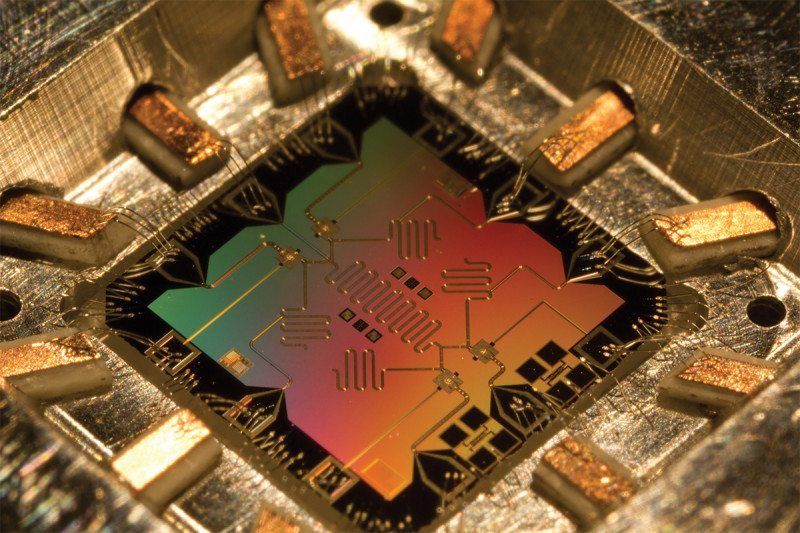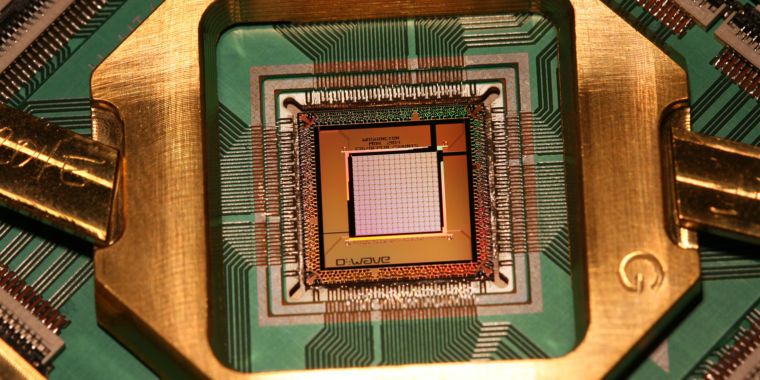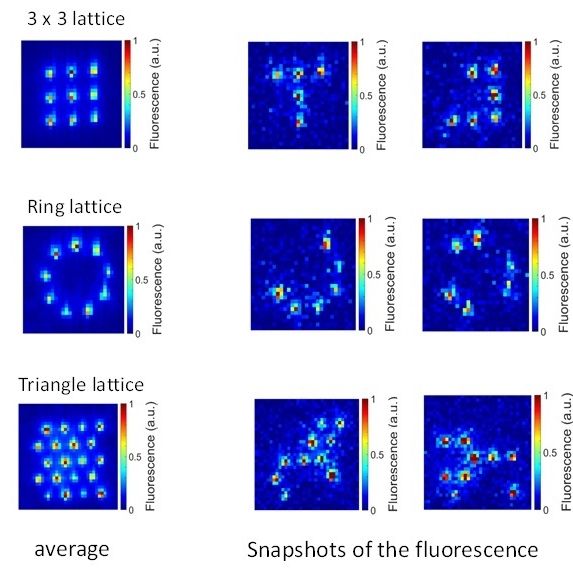Archive for the ‘computing’ category: Page 737
Oct 6, 2016
Tech billionaires convinced we live in the Matrix are secretly funding scientists to help break us out of it
Posted by Andreas Matt in categories: computing, robotics/AI
Some of the world’s richest and most powerful people are convinced that we are living in a computer simulation. And now they’re trying to do something about it.
At least two of Silicon Valley’s tech billionaires are pouring money into efforts to break humans out of the simulation that they believe that it is living in, according to a new report.
Philosophers have long been concerned about how we can know that our world isn’t just a very believable simulation of a real one. But concern about that has become ever more active in recent years, as computers and artificial intelligence have advanced.
Oct 6, 2016
When her best friend died, she used artificial intelligence to keep talking to him
Posted by Albert Sanchez in categories: computing, robotics/AI
When the engineers had at last finished their work, Eugenia Kuyda opened a console on her laptop and began to type.
“Roman,” she wrote. “This is your digital monument.”
It had been three months since Roman Mazurenko, Kuyda’s closest friend, had died. Kuyda had spent that time gathering up his old text messages, setting aside the ones that felt too personal, and feeding the rest into a neural network built by developers at her artificial intelligence startup. She had struggled with whether she was doing the right thing by bringing him back this way. At times it had even given her nightmares. But ever since Mazurenko’s death, Kuyda had wanted one more chance to speak with him.
Oct 5, 2016
Now You Can Use Your Head (and the Rest of Your Body) to Securely Transfer Data
Posted by Karen Hurst in categories: computing, privacy, security
In Brief.
- Data can be sent at rates of 50 bps on laptop touchpads and 25 bps with fingerprint sensors using on-body transmission.
- New developments in biometrics are allowing for even greater privacy and security in our networked society.
Oct 5, 2016
At the bleeding edge of AI: Quantum grocery picking and transfer learning
Posted by Karen Hurst in categories: business, computing, quantum physics, robotics/AI
Digitising Business —
At the bleeding edge of AI: Quantum grocery picking and transfer learning.
Computer vision, neural nets, and deep learning are hot topics at UK R&D centres.
Continue reading “At the bleeding edge of AI: Quantum grocery picking and transfer learning” »
Oct 5, 2016
Nobel Physics Prize winners: All you need to know about mugs, donuts and quantum computing
Posted by Karen Hurst in categories: computing, mathematics, quantum physics
Stockholm: The Nobel Physics prize was the second of the awards to be given away, on Tuesday, to a Birtish trio — scientists David Thouless, Duncan Haldane and Michael Kosterlitz for revealing the secrets of exotic matter.
Thouless, 82, is professor emeritus at the University of Washington in Seattle. Haldane, 65, is a professor at Princeton University, and Kosterlitz, born in 1942, teaches at Brown University in Providence, Rhode Island. The laureates will share the eight million Swedish kronor (around $931,000 or 834,000 euros) prize sum. Thouless won one-half of the prize, while Haldane and Hosterlitz share the other half.
“This year’s laureates opened the door on an unknown world where matter can assume strange states. They have used advanced mathematical methods to study unusual phases, or states, of matter, such as superconductors, superfluids or thin magnetic films. Thanks to their pioneering work, the hunt is now on for new and exotic phases of matter,” said the Nobel jury.
Oct 5, 2016
Quantum computing: Trapping single atoms in a uniform fashion
Posted by Karen Hurst in categories: computing, particle physics, quantum physics
Single neutral atoms trapped individually in optical microtraps are incredibly useful tools for studying quantum physics, as the atoms then exist in complete isolation from the environment. Arrays of optical microtraps containing single atoms could enable quantum logic devices, quantum information processing, and quantum simulation.
While single atom trapping has already been achieved, there are still many challenges to overcome. One such challenge is making sure each trap holds no more than one atom at a time, and also keeping it there so it won’t escape. This requires uniform optical microtraps, which have yet been fully realized.
Now, Ken’ichi Nakagawa and co‐workers at the University of Electro‐Communications, Tokyo, Japan, together with scientists across Japan and China, have successfully demonstrated an optimization method for ensuring the creation of uniform holographic microtrap arrays to capture single rubidium (87Rb) atoms.
Continue reading “Quantum computing: Trapping single atoms in a uniform fashion” »
Oct 5, 2016
Turning to the brain to reboot computing
Posted by Karen Hurst in categories: computing, information science, neuroscience, physics
Computation is stuck in a rut. The integrated circuits that powered the past 50 years of technological revolution are reaching their physical limits.
This predicament has computer scientists scrambling for new ideas: new devices built using novel physics, new ways of organizing units within computers and even algorithms that use new or existing systems more efficiently. To help coordinate new ideas, Sandia National Laboratories has assisted organizing the Institute of Electrical and Electronics Engineers (IEEE) International Conference on Rebooting Computing held Oct. 17–19.
Researchers from Sandia’s Data-driven and Neural Computing Dept. will present three papers at the conference, highlighting the breadth of potential non-traditional neural computing applications.
Oct 5, 2016
Watch a Quantum Computing Expert Describe How the World’s About to Change
Posted by Shane Hinshaw in categories: computing, quantum physics, robotics/AI

https://youtube.com/watch?v=2q4z6HnB-Tg
This type of computer not really 4 personal use. Because it calculates in every possible way its task in a fraction of second. I belive that this type of computer is built to run ai. Or to run recognition software just to give example. But just imagine the possibilities.
Quantum physics, with its descriptions of bizarre properties like entanglement and superposition, can sound like a science fiction fever dream. Yet this branch of physics, no matter how counterintuitive it seems sometimes, describes the universe all around us: As physicists have told often told me, we live in a quantum world. Soon, this will be better reflected in our technology, and everything it can do.
Continue reading “Watch a Quantum Computing Expert Describe How the World’s About to Change” »
Oct 5, 2016
Tech billionaires are asking scientists for help breaking humans out of the computer simulation they think they might be trapped in
Posted by Andreas Matt in category: computing
Two tech billionaires might be working with scientists to try to break us out of what they believe is a computer simulation controlled by someone else.
















